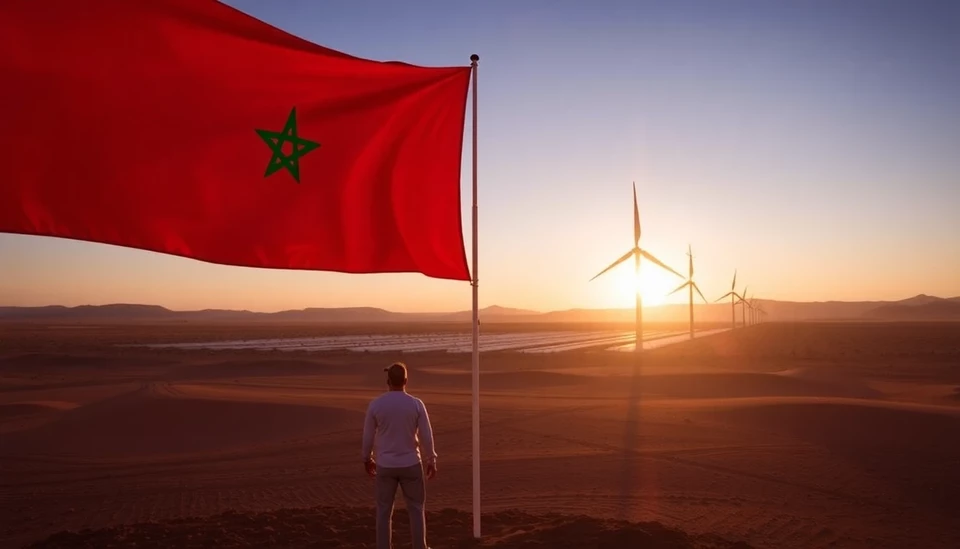
In a significant move that signals potential shifts in its economic strategy, Morocco is reportedly planning to loosen its currency peg to the euro and the US dollar by 2026. This initiative seeks to increase the flexibility of the nation's currency, thereby enhancing its economic stability and resilience against external shocks.
The move comes at a time when the Moroccan economy is facing various global pressures, including inflation and volatile market conditions. By adjusting the currency peg, the Moroccan government aims to position itself for more agile responses to fluctuating economic circumstances, which could invite increased foreign investment and bolster trade relations. The decision is geared towards fostering a more favorable business environment that can withstand the challenges posed by a rapidly changing global economy.
Currently, the Moroccan dirham operates under a managed float system, providing a stable, albeit stringent framework that ties its value closely to the euro and the US dollar. This approach has helped maintain a degree of monetary stability; however, it has also limited the country's response capabilities to market fluctuations. Loosening this peg could, therefore, provide upward mobility for the dirham, allowing for adjustments that mirror economic realities more accurately.
Experts suggest that the anticipated changes to the currency policy could signal a broader shift in the central bank’s strategy, moving towards more market-driven approaches that prioritize flexibility. If successful, this strategy might not only enhance Morocco’s economic stature but also align it more closely with global financial trends, reflecting the increasing importance of adaptable monetary policies in today's economies.
Although discussions around the policy changes are still in preliminary stages, they seem to be garnering support from various stakeholders. Economic analysts and policymakers have expressed optimism regarding the potential benefits of this transition. They believe that a more flexible exchange rate could improve competitiveness in international markets and could lead to more favorable trade balances.
As the Moroccan government lays the groundwork for this significant policy shift, it is crucial to monitor how it evolves and what measures will be employed to mitigate any risks associated with a looser currency peg. Observers are keenly watching how these plans unfold and whether they can effectively navigate the complexities of the global economy while safeguarding domestic economic interests.
In conclusion, Morocco's plan to loosen its currency peg by 2026 represents a strategic pivot aimed at establishing greater economic resilience. As they prepare for this potentially transformative change, the implications for businesses, investors, and the broader economic landscape will be a focal point in the coming years.
#Morocco #CurrencyPeg #EconomicStrategy #InternationalTrade #ForeignInvestment #Dirham #GlobalEconomy #MonetaryPolicy
Author: Rachel Greene



